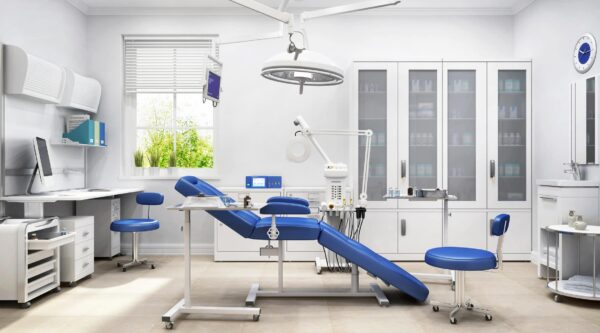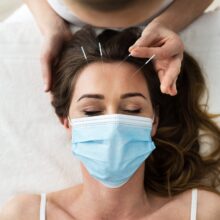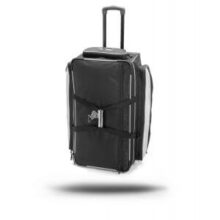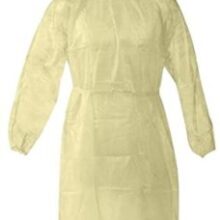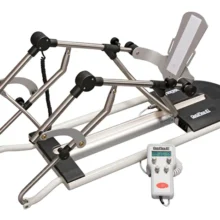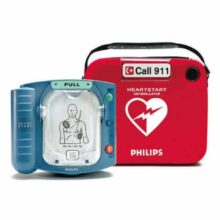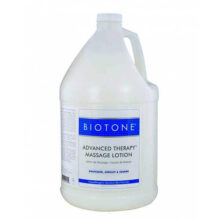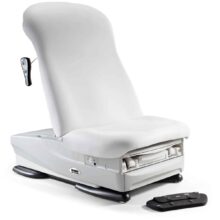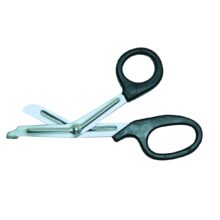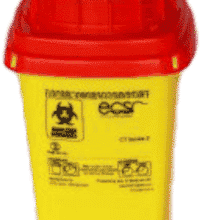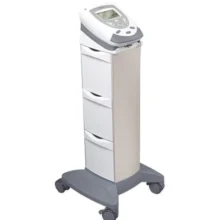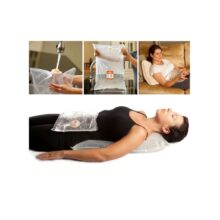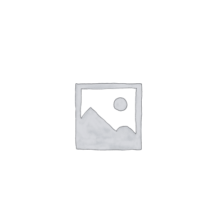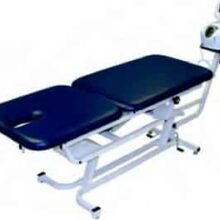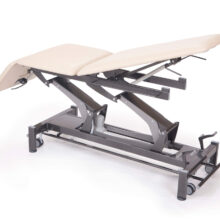Clinic Equipment & Supplies
A sports injury clinic plays a vital role in providing comprehensive care and treatment for athletes and individuals involved in sports and physical activities. To effectively manage and treat sports-related injuries, a well-equipped clinic is essential.
In this article, we will explore the types of equipment and supplies typically needed to operate a sports injury clinic, ensuring efficient diagnosis, treatment, and rehabilitation for patients.
Examination and Diagnostic Equipment
– Examination Tables: Sturdy examination tables equipped with adjustable features and comfortable padding are necessary for conducting thorough evaluations and assessments of patients.
– Diagnostic Tools: Essential diagnostic equipment includes stethoscopes, blood pressure cuffs, thermometers, otoscopes, ophthalmoscopes, and reflex hammers. These tools aid in evaluating general health, monitoring vital signs, and conducting initial assessments.
– Imaging Equipment: Sports injury clinics often require access to imaging technology such as X-ray machines, ultrasound devices, or MRI scanners. These imaging tools assist in diagnosing and evaluating musculoskeletal injuries, fractures, ligament tears, and other internal injuries.
Treatment and Rehabilitation Supplies
– Treatment Tables and Chairs: Treatment tables and chairs are necessary for performing various therapeutic interventions, such as physical therapy exercises, joint mobilization, and massage therapy.
– Rehabilitation Equipment: Rehabilitation supplies may include resistance bands, exercise balls, foam rollers, balance boards, and weights. These aids facilitate muscle strengthening, flexibility, balance training, and functional movement exercises during the rehabilitation process.
– Cold and Heat Therapy Equipment: Cold packs, hot packs, and ice baths are utilized to manage acute injuries, reduce inflammation, and provide pain relief. Specialized equipment, such as cryotherapy machines, may also be used for targeted cold therapy applications.
– Electrical Modalities: Electrotherapy devices, such as electrical muscle stimulators (EMS), transcutaneous electrical nerve stimulation (TENS) units, or ultrasound machines, are used to provide pain relief, reduce muscle spasms, and facilitate tissue healing.
Protective Gear and First Aid Supplies
– Braces and Supports: A variety of braces and supports, including knee braces, ankle braces, wrist splints, and protective pads, are essential for injury stabilization, immobilization, and protection during the healing process.
– Bandages and Dressings: Basic first aid supplies like adhesive bandages, gauze pads, wound dressings, and medical tapes are necessary for wound care, minor injury management, and post-surgical care.
– Emergency Equipment: A well-equipped sports injury clinic should have emergency supplies readily available, including automated external defibrillators (AEDs), oxygen tanks, resuscitation equipment, and basic life support tools.
Surgical and Minor Procedure Equipment
– Sterile Instruments: A range of sterile instruments, including forceps, scalpels, scissors, and sutures, are essential for performing minor surgical procedures, wound closures, or suture removals.
– Local Anesthetic Supplies: Local anesthetics, needles, syringes, and vials are required for administering local anesthesia during minor procedures or for pain management purposes.
– Surgical Lighting and Sterilization Equipment: Adequate surgical lighting, sterilization equipment (e.g., autoclaves), and disinfectants are crucial to maintain a clean and sterile environment during surgical interventions.
Administrative and Miscellaneous Supplies
– Medical Records System: An efficient electronic medical records (EMR) system or paper-based documentation tools are essential for maintaining accurate patient records, treatment plans, and progress notes.
– Office Supplies: Standard office supplies such as computers, printers, scanners, filing cabinets, and administrative stationery are necessary for managing appointments, billing, and general clinic operations.
– Personal Protective Equipment (PPE): Gloves, masks, goggles, and other protective gear are vital to ensure the safety and hygiene of healthcare providers and patients.
Conclusion
Operating a sports injury clinic requires a wide range of equipment and supplies to provide comprehensive care to athletes and individuals with sports-related injuries. From examination and diagnostic equipment to treatment and rehabilitation supplies, protective gear, and administrative tools, each component plays a crucial role in delivering effective treatment, facilitating rehabilitation, and promoting patient recovery.
By investing in the appropriate equipment and supplies, sports injury clinics can provide a safe, efficient, and comprehensive healthcare environment for athletes and individuals seeking specialized care.
For more information on how to efficiently purchase equipment and supplies for a sport injury clinic, we suggest reading our articles on how to purchase sports medicine clinic equipment and how to plan your weekly purchases of sports medicine supplies.

